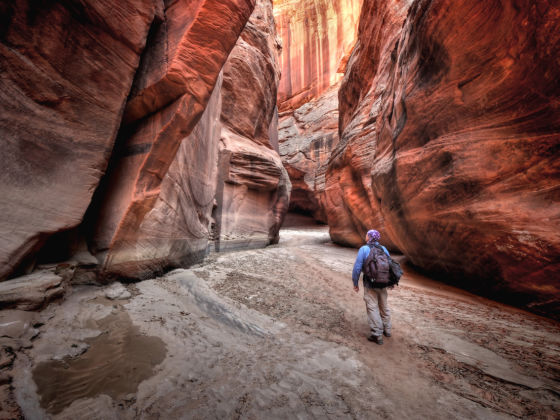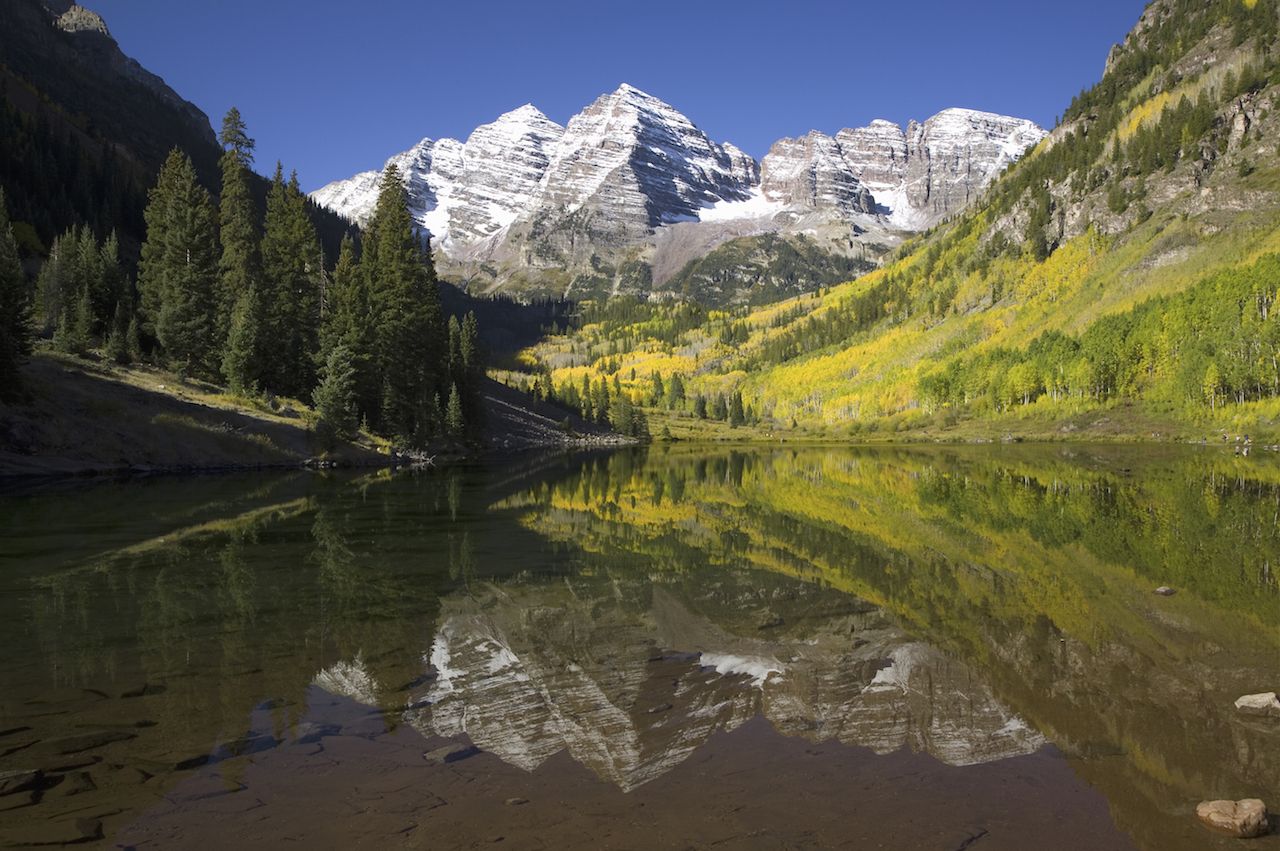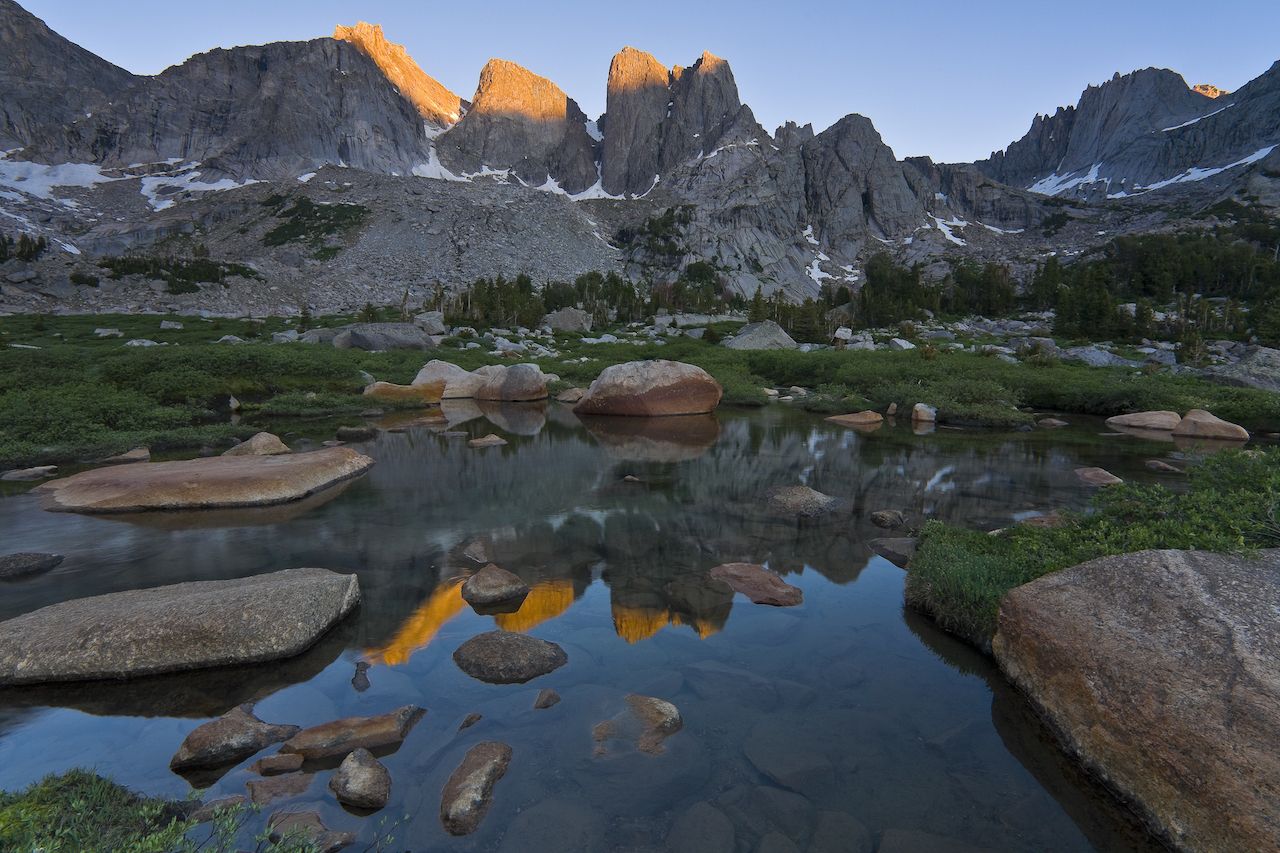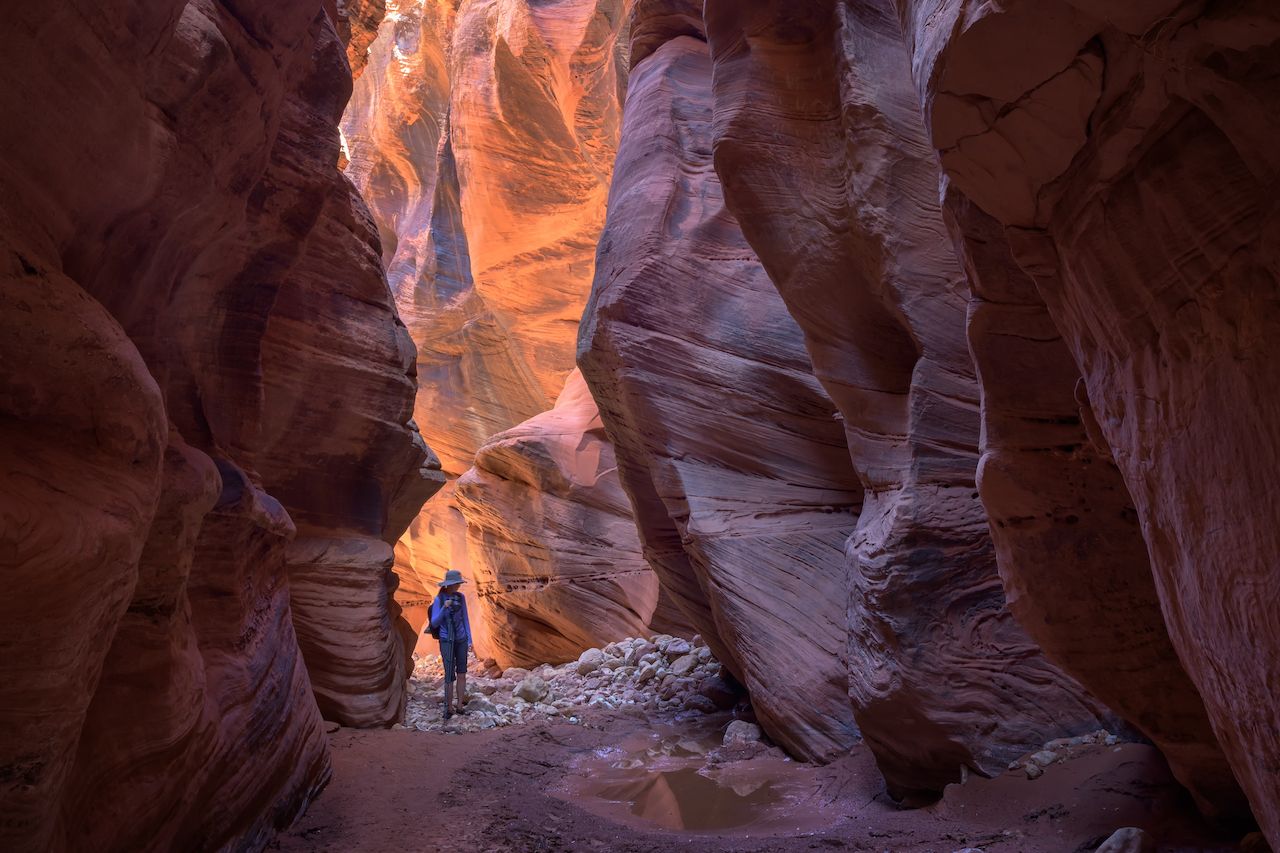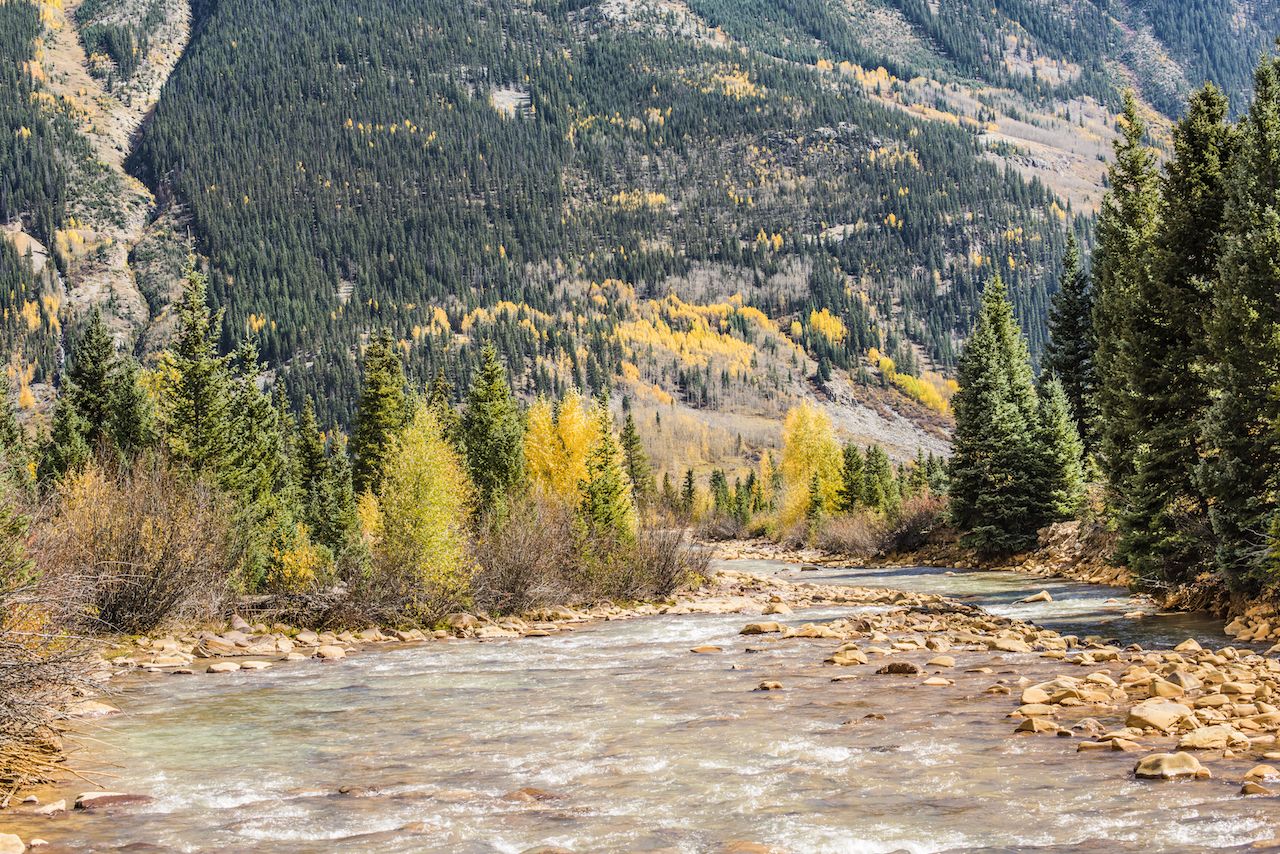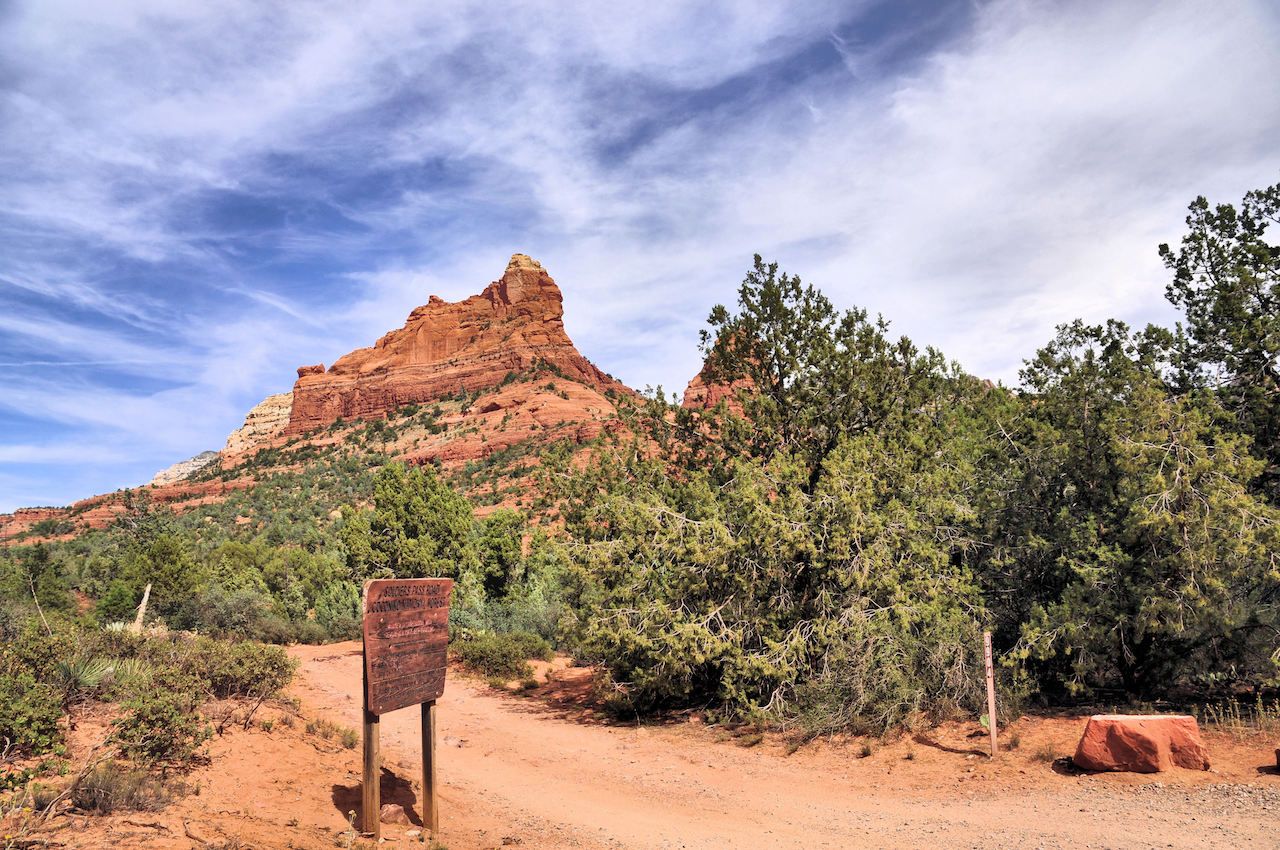Hiking is a popular pastime in the US for good reason. Its free, relaxing, and easily accessible to most people with a car (and sometimes even that’s not a necessity). The popularity of hiking is great for keeping people active and stoking interest in wilderness conservation, but it often leads to congestion on the trails. Not only do crowds lead to a less-than-peaceful nature experience, but they can also negatively impact wildlife and trail maintenance. Luckily, many famous hiking trails have sibling routes out there that share similar characteristics. They may not be as popular, but they are often just as beautiful and typically don’t include a railroad line of hikers chugging down the trail.
From desert canyons to forested canopies, there are trails in the US that still offer some degree of solitude in nature. Expand your hiking’ bucket list to include some of these alternative trails which deserve just as much attention as their famous counterparts.
